READY TO GET STARTED?
REQUEST A FREE ESTIMATE
Fill out the form below or call (888) 466-7849 for a free, no-obligation estimate.
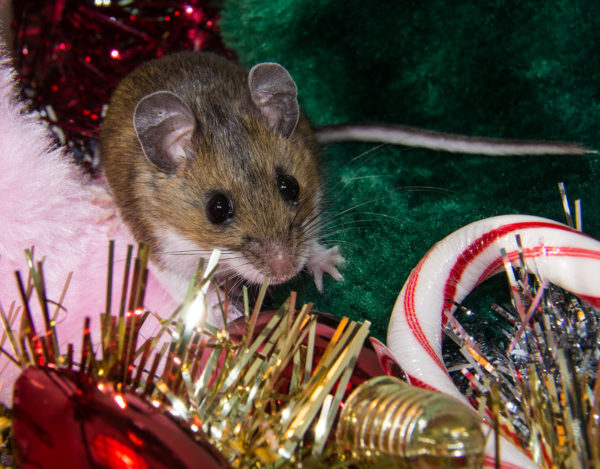
The holiday season is upon us with decorations, food, and traveling to see family and friends. While most of us are focused on our holiday preparations, we often lose focus on another important aspect of this time of year – pest prevention. Just because it’s cold outside doesn’t mean pests aren’t a problem. The holidays provide many opportunities for spiders, ticks, ants, mice, bed bugs, and other pests to make their way indoors and take over your home.
One of the most common ways pests can get into your home during the holidays is on live Christmas trees, wreaths, and firewood. Ants, spiders, ticks, and other pests can hide deep in the branches of trees and in the crevices of wood. They can even lay their eggs in trees or garland which can hatch once you put them out in your home, potentially causing a major infestation.
Pests can also access your home in those boxes of decorations you drag out from the attic, basement, garage, or crawlspace. Mice and other pests love to get into those cardboard boxes during the off season. You may be in for a surprise when you open your decorations by finding a live pest, droppings, or even damage to your lights and ornaments. It is especially important to check the wiring of your lights to make sure pests haven’t chewed through them.
The holidays are also one of the busiest travel times of the year. Most of us will either travel to visit loved ones or have loved ones travel to visit us. While we’re usually excited to see everyone, we’re not so excited to deal with bed bugs which often hitch rides on the luggage of these travelers. We often see a spike in bed bug cases during the holiday season.
So what can you do to pest proof your home and make sure you don’t get any unwanted guests for the holidays?
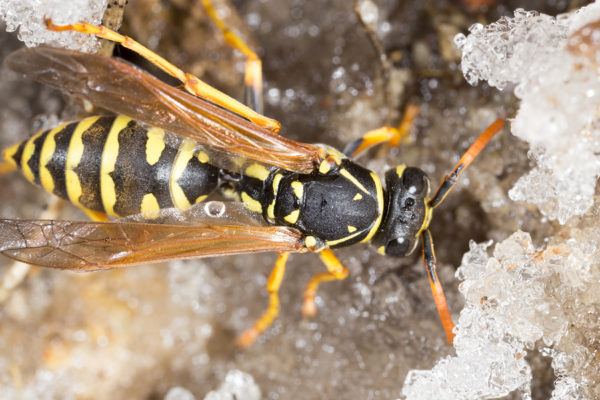
It’s the middle of December and you are cuddled up with your favorite book and a warm blanket. Unfortunately, this peaceful moment is interrupted by a buzzing sound followed by the sighting of a wasp! And while you might be thinking “This is odd! It’s winter!”, this occurrence is quite common.
As fall starts, paper wasps will start to die off. However, there are select females who will search for a safe place to overwinter. These safe places can be inside chimneys, behind the siding of your home, and around windows and door frames.
Since winter weather in the south is very unpredictable, bouncing from 20 degrees one week to 72 the next, that random warm weather can trigger the wasps to become active and search for exits to begin making nests; thus the cause of wasp sightings in the month of December. How can you prevent these wasps from overwintering?
If you spot a wasp in your home, don’t hit the panic button. In the winter months, wasps tend to move slower than normal and your licensed pest control professional can remove the nests with ease.
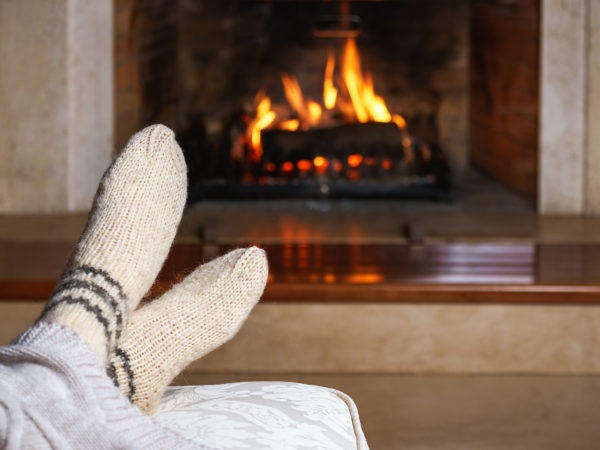
While most of us look forward to the holidays that come with the onset of winter, many of us don’t look forward to the snow, ice, and freezing temperatures that also come along with it. Pests feel the same way we do about cold weather and have developed several different methods to survive these frigid temperatures. So where do pests go in the winter? As much as we’d like to believe they just disappear until spring, unfortunately this isn’t the case. Pests have developed 3 major ways to survive winter:
Migration is the seasonal movement from one region to another. Just like humans, pests want to go where it’s warmer when the weather gets cold. Some pests will move to southern regions to escape the cold and return to the northern areas when the weather starts to warm. One of the most well known examples of migration is the monarch butterfly.
Hibernation is a period of time spent in a dormant state in order to survive the unfavorable conditions of winter. Bears aren’t the only animals that hibernate during the winter! Ladybugs hibernate at high elevations. Wasps seek shelter in eaves and attics of houses or barns to hibernate. Many other pests hibernate in trees, leaf debris, under logs, and under rocks. Honeybees stay in hives during the winter and form clusters when the temperatures start to fall.
Overwintering is the process in which pests pass through or wait out the winter season in sites that provide protection from the cold winter temperatures. Ladybugs, box elders, and stinkbugs overwinter in secluded, sheltered places like your home. These pests tend to congregate in large numbers so if they overwinter in your home they could infest in large numbers. Pests like rodents, cockroaches, spiders and flies remain active during the winter in our homes. They move indoors in search of warmth and food. Spiders are relatively harmless but flies can contaminate food and surfaces. Rodents can not only contaminate your food and insulation but can also chew through wood causing structural damage and chew through wires putting your home at risk of fire and other issues.
Now that you know where pests go in the winter you can help get your home ready to prevent these overwintering pests from invading your space. If you suspect you have a winter pest problem contact a professional who can help identify the pests and help you develop a treatment and prevention plan.

No matter what season it is, pests will always be in search of 2 things: shelter and food. One place that provides both of these is your home! Pests are influenced by the seasons so their threats change as the weather changes. Different seasons bring different pests in varying stages of their life cycles. It is important to know seasonal pest patterns for your area to make the proper preparations for your home. What can you expect as each season changes throughout the year?
Winter is a time of hibernation and survival for pests. Colder weather triggers a need for most pests to find shelter; some seek shelter outdoors while others will seek shelter indoors. Bees, wasps, and other stinging insects will seek out places in logs or in the eaves of your home. Ants will seek shelter in their nesting sites. Overwintering pests like cockroaches, spiders, and rodents will seek shelter indoors, sometimes in our homes. The key to prevention of winter pests is to prepare your home in the fall.
Spring is a time of awakening and mating for most pests. As the weather warms, pests will emerge from their winter shelters and increase their activity. Pests that hibernate over winter will awaken from their dormant states. The spring rains will drive ants from their nesting sites in search of higher ground. Spring also marks the beginning of swarming season for termites. Most pests will move outdoors in the spring in search of mates.
Summer brings the height of backyard pests that put a damper on our outdoor fun. While we tend to see fewer pests inside our homes, we do tend to see larger numbers of pests in our yards and other outdoor areas. Mosquitoes are especially active in the summer months because of the moisture from spring and summer rains. Bees, wasps, and other stinging insects are also more active in the summer; their nests can often be found on our near our homes.
Fall is a time of preparation for most pests as they get ready for the harsh winter months. Common fall pests include ladybugs, box elders, and spiders. These pests will often invade your home at this time of the year in search of shelter for the coming months. Fall is a good time to prepare your home for those overwintering pests seeking shelter from the winter weather also, like cockroaches and rodents.
No matter the season, there are steps you can take to protect your home from pests year-round:
If these steps aren’t enough or if you already have a pest problem, call a pest control professional who can come and give your home a thorough inspection and help you with a treatment and prevention plan.
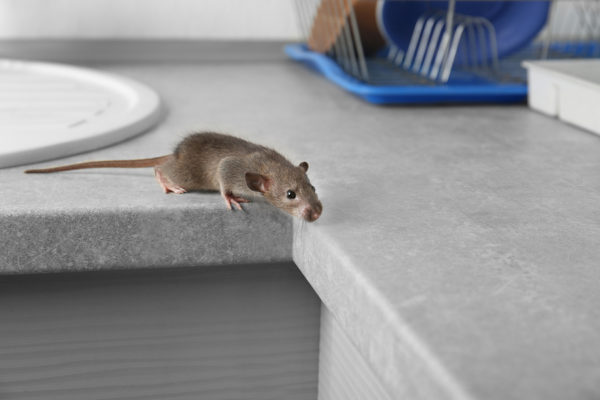
As the warm weather winds down and winter settles in, most of us will breathe a sigh of relief that we survived another season of creepy crawlers. Don’t relax just yet! Just because the weather has turned colder doesn’t mean pests have hibernated for the winter. Many pests will make their way into your home in search of shelter, food, and warmth. Mice, cockroaches, and spiders can be found crawling underfoot in the wintertime. These overwintering pests aren’t just a nuisance to have in your home; they can cause significant damage to both your property and your health. Rodents are known to carry Salmonella and Hantavirus and can chew through cables and electrical wires, increasing the risk of fires. Some spiders like the brown recluse and the black widow have bites that can be a serious threat to humans. Cockroaches are known to trigger allergies and asthma. Winter brings ice, snow, and wind, causing enough stress on your home without the threat of pest infestations. So what can you do to reduce this stress and get rid of the last of these creepy crawlers? Check out these winter pest prevention tips to help you have a stress free winter.
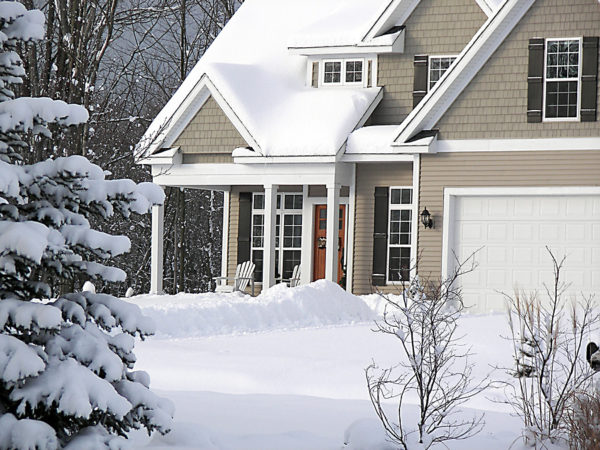
As the weather continues to bounce between a crisp 32° and a breezy 65°, you may have noticed a major decrease in pest activity. “Well, that’s it! No more bugs. Let’s cancel the pest service!” This, however, could prove to be a costly mistake. Winter pest control is an essential component in protection and prevention of pest infestations.
While your home is filled with holiday joy and warmth during the winter, pests will take this time to seek refuge indoors. Take the time to set up an inspection with your pest control professional to make a personalized plan for prevention and protection of your home. This could be the difference between total home protection year-round or fighting against pests once warmer weather returns.
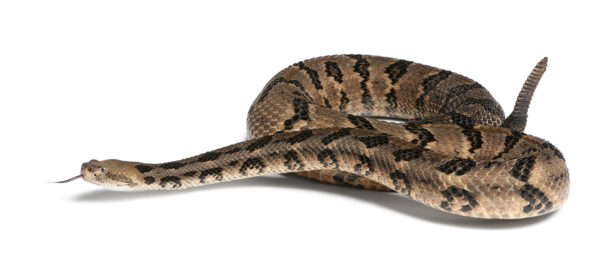
Fall is here! Football has started, bonfires are lit, and the weather is bringing more people outside. Though now is the time for all the Fall fun, you aren’t the only one enjoying this weather. Those snakes that slither through the tall grass and the woods of your backyard also appreciate this time of year! They can be intimidating creatures, but they also shouldn’t draw too much concern from the average person.
In Georgia it is illegal to kill certain snakes, punishable with fines of up to $1000 and/or up to one year in jail. This shouldn’t be an issue for most of us, however, because snakes want to avoid us just as much as we want to avoid them. Did you know that most snakes in Georgia are non-venomous with only six being venomous?
Let’s touch on these 6 venomous species of snakes and how you can tell which is which:
Eastern Coral Snake: This snake is easily recognized. You can tell them apart by the red and black segments on their body separated by yellow rings. Unlike the other snakes on this list, the coral snake has a rounded snout.
Copperhead: The copperhead usually has a light brown to gray skin color, but they can range from rusty orange to nearly black. You can recognize them easily by the 10 to 21 dark-brown hourglass-shaped crossbands on their body. Look out for their triangular shaped head, as well.
Timber Rattlesnake: They have background skin that can be a variety of different colors, ranging from shades of pink, yellow, gray, brown, or black. It has brown to black V-shaped bands down its body. It has a black tail with a rattle at the tip.
Pigmy Rattlesnake: They are usually gray or tan but can be reddish or black. The pattern on its body resembles blotches or spots that are dark in color. The tip of the tail has a rattle.
Cottonmouth: The cottonmouth has light brown or olive-colored skin with dark bands along their bodies. When they mature they may become very dark, obscuring the bands completely.
Eastern Diamond Rattlesnake: Its body is patterned with a row of diamond-like shapes that are dark brown in color. Each shape is outlined by a yellowish border. The tail has 3 to 10 brown and white bands and a rattle.
Before snakes go into hibernation, there’s a chance you might see one in your yard or while you’re out for a walk. In a situation like that, avoid the snake, and call your local pest control company to relocate it for you. And remember, it doesn’t want to hurt you, so don’t hurt them.

Leaves are falling, the weather is prepping for a big change, and while you decorate your home for the upcoming seasonal festivities, one of the seasons most notorious creepy crawlers will try to make its way into your home, posing a significant danger to you and your family.
Once the weather starts to cool, spiders look for refuge inside your house. Brown recluse spiders will make their way into undisturbed areas of your home (attics, garages, basements, and crawl spaces). At 1/2″ in size and varying from light brown to medium brown with a dark brown violin marking on its back, brown recluse spiders are very good at adapting to living in your home and can go months without food or water.
Most spiders are harmless, but brown recluse spiders can cause very painful and sometimes severe bites. Some people are only affected slightly by the bites of brown recluse spiders, sometimes only walking away with only a small red mark. Some however, may have a severe allergic reaction will need to seek out a medical professional to identify if the bite is from a brown recluse.
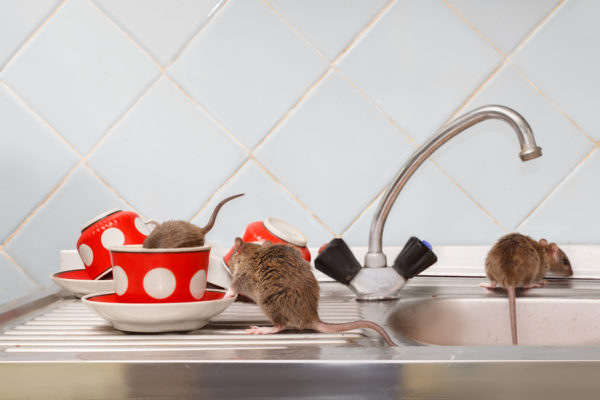
Fall approaches, and with it comes crisp air and the hint of colder weather. Our natural response to colder weather is to stay inside more for warmth and shelter. You may not be alone in finding shelter in your home. Animals, specifically rodents, such as rats, mice, squirrels, and chipmunks, among others, often find a way in your house as they come for the food and stay for the warmth.
These rodents represent a significant problem to both your property and your health. They can chew though wallboards, wood, cardboard, and electrical wiring. Chewed up electrical wires, especially, are a big problem due to the potential risk of starting fires.
The diseases rodents can carry are just as big a concern as potential property damage. Diseases ranging from hantavirus to salmonellosis to rat-bite fever can be fatal, especially for children and the elderly.
Hantavirus is transmitted to humans from exposure or inhalation of rodents’ urine or feces. Early symptoms include fatigue, fever, and muscle aches. Infection with hantavirus can lead to Hantavirus Pulmonary Syndrome (HPS), which can be fatal.
Salmonellosis is an infection cause by salmonella bacteria. It is spread through rodent feces, most commonly through the consumption of contaminated food. Most people have symptoms like diarrhea, fever, vomiting, and abdominal cramps.
Rat-bite fever is an infectious disease that is spread from bites or scratches from infected rodents, even simply handling infected rodents without a scratch could lead to the disease. Symptoms include fever, vomiting, muscle and joint pain, and rashes. If not treated, it can be a potentially fatal disease.
Sometimes rodents in your house can feel more like an annoyance or minor inconvenience, but they can pose a serious threat to you, your family, and your property. If you see any signs of rodents in your home, contact a professional pest control company to ensure they don’t multiply and do some serious damage.